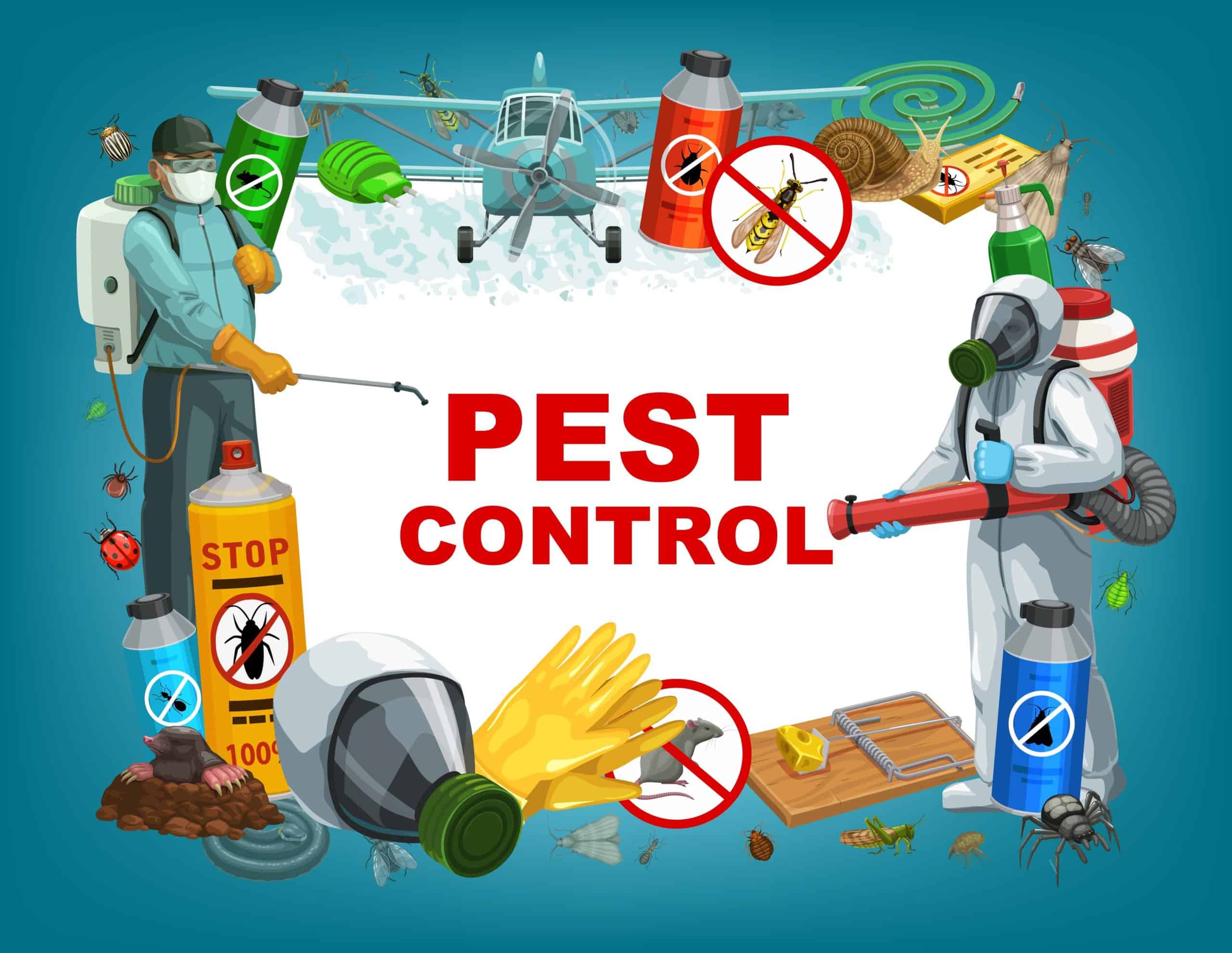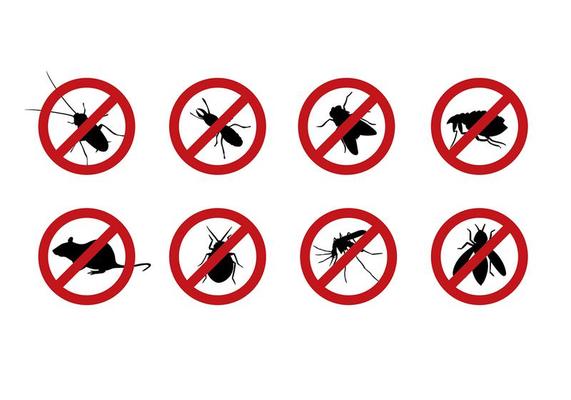Reliable Parasite Control Services: A Thorough Check Out Extermination Techniques and Prevention Actions
In the world of parasite control services, the successful administration of problems requires a careful strategy that integrates various methods and actions for both removal and prevention. From Integrated Bug Management (IPM) methods that focus on lasting remedies to chemical extermination techniques developed for targeted removal, the arsenal against insects is huge and complex.

Integrated Insect Monitoring (IPM) Approaches
Integrated Bug Administration (IPM) Methods encompass an extensive method to pest control that focuses on control, prevention, and tracking approaches to effectively take care of parasite populaces. By integrating various techniques, IPM intends to minimize the influence of bugs while likewise decreasing the reliance on chemical pesticides. Prevention lies at the core of IPM, stressing methods like proper sanitation, maintenance of hygiene, and securing entrance points to deter parasites from infesting buildings.
Chemical Extermination Methods
Chemical extermination methods are frequently used in insect control solutions to properly remove pest populaces that position a threat to human health and wellness and property. These strategies include making use of different chemical substances especially designed to target and remove parasites such as insects, rats, and other undesirable creatures. The application of chemicals, insecticides, rodenticides, and other chemical representatives is very carefully regulated to make sure maximum effectiveness while decreasing risks to people, pets, and the atmosphere.
Among the essential benefits of chemical extermination methods is their capacity to provide quick and targeted outcomes, making them specifically beneficial in cases of serious problems or urgent insect control requirements - a1 commercial pest control portland. Nevertheless, it is essential to emphasize the value of correct handling, application, and disposal of these chemical items to prevent unintentional injury
Furthermore, integrated insect administration (IPM) techniques usually combine chemical extermination methods with other techniques such as cleanliness, habitat adjustment, and biological controls to develop a thorough and lasting bug control approach. By including chemical elimination strategies deliberately within an IPM structure, bug control services can properly manage insect populations while minimizing potential risks to human health and the environment.
Organic Bug Control Techniques
Utilizing natural killers and bloodsuckers to take care of bug populations is a sustainable approach called biological parasite control. This strategy uses the natural mechanisms of the community to regulate parasite populaces without counting on synthetic chemicals. One common organic control technique involves presenting natural enemies of the target parasite types, such as ladybugs for aphid control or nematodes for termite infestations. These all-natural predators feed on the insects, aiding to maintain their populations in check.
Another efficient organic control technique is the usage of microbial useful source insecticides. These are normally occurring bacteria, such as fungi, infections, and microorganisms, that specifically target and infect particular pest species. By using these microbial representatives, pest populations can be properly reduced without triggering or damaging beneficial organisms harm to the atmosphere.
Physical Bug Avoidance Actions
Implementing physical insect prevention actions involves using barriers and structural modifications to deter pests from going into or infesting a home (a1 pest control in portland oregon bed bugs). One efficient technique is sealing all potential entry factors such as voids around doors, home windows, and utility penetrations. Installing door sweeps, displays on home windows, and sealing cracks in the structure can aid protect against bugs like bugs and rodents from gaining accessibility inside. In addition, keeping a clutter-free and clean setting is crucial as parasites are brought in to food sources and hiding places. Consistently examining and fixing useful site any type of damaged displays, vents, or roof covering ceramic tiles can also aid in keeping pests out.
One more physical avoidance action is the usage of obstacles like secure fencing to keep larger bugs such as deer or raccoons away from the property. By executing these physical insect prevention procedures, building owners can dramatically lower the threat of parasite invasions and the damages they can create.
Expert Insect Assessment Treatments
Conducting methodical and extensive pest inspections is an essential aspect of specialist parasite monitoring procedures. Specialist bug assessors are trained to meticulously check out residential or commercial properties for signs of invasions, identifying pest varieties, entry factors, and conducive conditions. The inspection process usually starts with an extensive analysis of both the exterior and interior of the premises. This entails checking for insect droppings, munch marks, nests, and any type of architectural damage that may suggest pest activity. Furthermore, assessors may utilize specialized tools such as moisture meters and borescopes to identify hidden invasions within wall surfaces or crawl rooms.

Final Thought
To conclude, efficient parasite control services employ a range of strategies, consisting of Integrated Pest Administration approaches, chemical extermination methods, biological controls, and physical avoidance actions. Professional pest evaluation treatments play a vital function in recognizing and addressing pest problems in a timely way. By implementing a combination of these methods, homeowner can efficiently manage and avoid insect invasions.
From Integrated Bug Administration (IPM) approaches that focus on lasting remedies to chemical elimination methods created for targeted removal, the toolbox versus bugs is substantial and complex.Integrated Bug Monitoring (IPM) Approaches incorporate a detailed strategy to pest control that concentrates on control, avoidance, and surveillance methods to properly manage bug populaces.Chemical extermination techniques are commonly utilized in insect control solutions to properly remove insect populaces that present a risk to human health and residential property.Utilizing natural killers and parasites to take care of insect populaces is a sustainable approach known as organic parasite control.In verdict, efficient parasite control services use a range of strategies, consisting of Integrated Insect Monitoring techniques, chemical elimination techniques, organic controls, and physical prevention procedures.